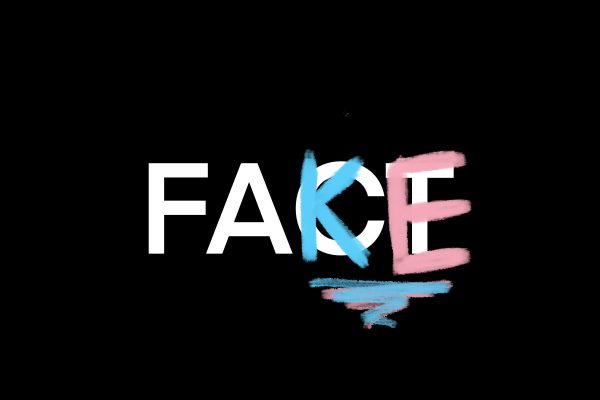Fake News: Discriminating Fact from Fiction Online
February 17, 2023
In the age of social media, society has been faced with a plague, namely, fake news. It’s a term we’ve all heard before; usually, it’s used to dismiss claims made by an opposing political party. It is a real thing, though, and a real problem. According to Statistica, only 26% of Americans are very confident in their ability to recognize fake news.
These stories often gain traction through social media, as was the case with an article that misled with the claim that CDC data confirmed that at least 118,000 children and young adults died as a result of vaccines for COVID-19. AP News found that this was shared on numerous social media platforms, including one Instagram post that gained over 15,500 likes. Despite this, the CDC found no indication that the increase was vaccine-related. In fact, apart from the COVID-19 virus itself, it was attributed to an increase in drug overdoses, suicides, homicides, and unrelated health issues. Arguably, these would be the more newsworthy statistics, but they would not have as great an appeal to those whom this publication regularly appeals to.
Another post gained attention by claiming that the Federal Aviation Administration widened pilots’ acceptable parameters for EKG tests, which measure the heartbeat. According to the spurious post, this was a response to heart damage from, you guessed it, the COVID vaccine. It’s quite a jarring claim, but what is the source? Exaggeration, speculation, and anecdotal evidence, with the author admitting to the latter two. Yet, based on this, a definitive conclusion is somehow able to be drawn, a conclusion that was once again disproven through the ever-important addition of context. It should be noted that this was not even a news article but a blog post. Nonetheless, people shared it as fact.
Sensationalism is what drives engagement with these posts: an exaggerated headline or even blatant lie can provoke public interest more than a conventional one. So, how can you avoid falling victim to fake news? For starters, don’t ever take anything you read on social media as fact. Unless it comes from an official, verifiable source, it should serve, at the most, as a jumping off point for further research. Blog posts should be avoided, but they can direct you towards useful sources. This piece effectively serves that purpose. Despite being in a news publication, op-ed pieces express the opinion of their author, not necessarily the opinion of the publication. Thankfully, for those who want to investigate what I used to support my opinions, this article includes handy hyperlinks to the sources I used.
At this point, it is important to know what a reliable source is. A good source cites other sources used in its writing. These, in turn, can be evaluated by the reader to gauge whether they are reliable or if they are misinterpreted in the article. Get practice discerning the truth. It is good to check whether something has been reported on in other places or if a different presentation of the story has been published. If it seems too good to be true, if it fits a narrative too well, if it has little to no sources to back it up, it’s always wise to take the extra time to check up on its background.
Be careful about what you share.



















